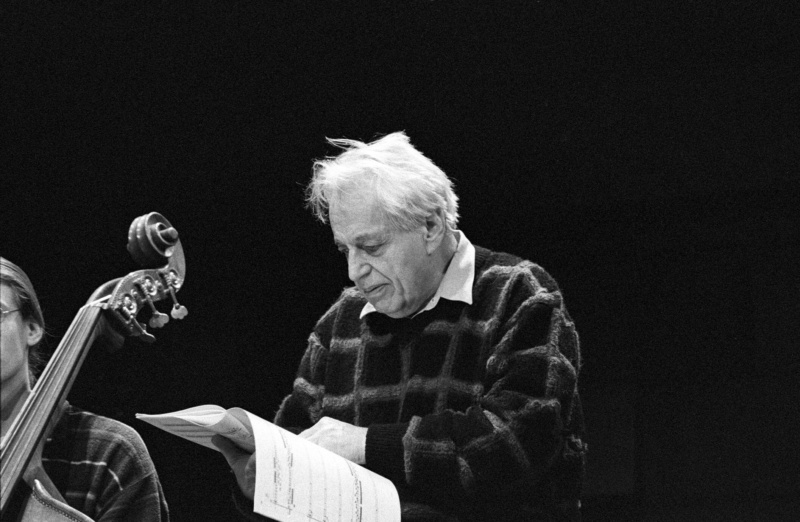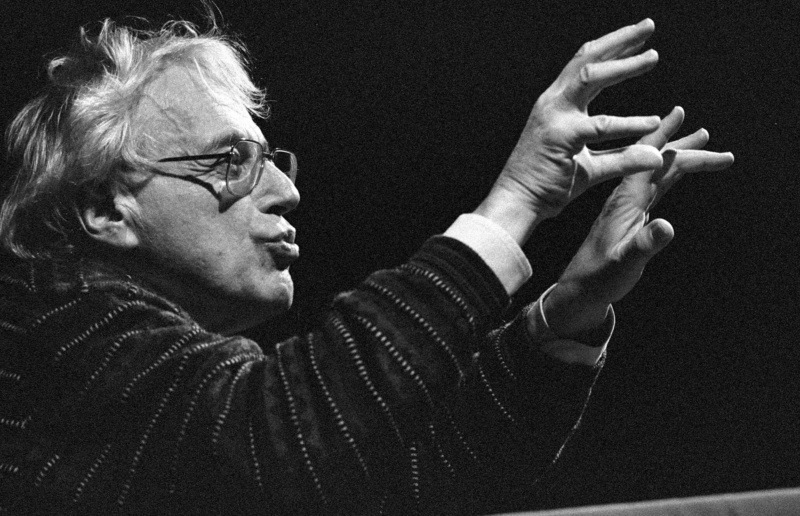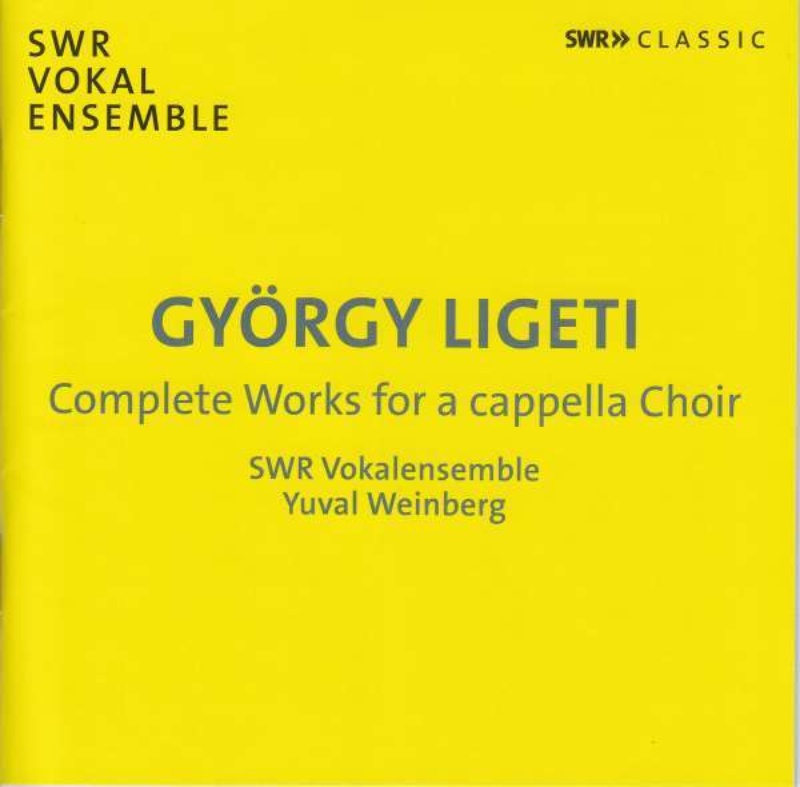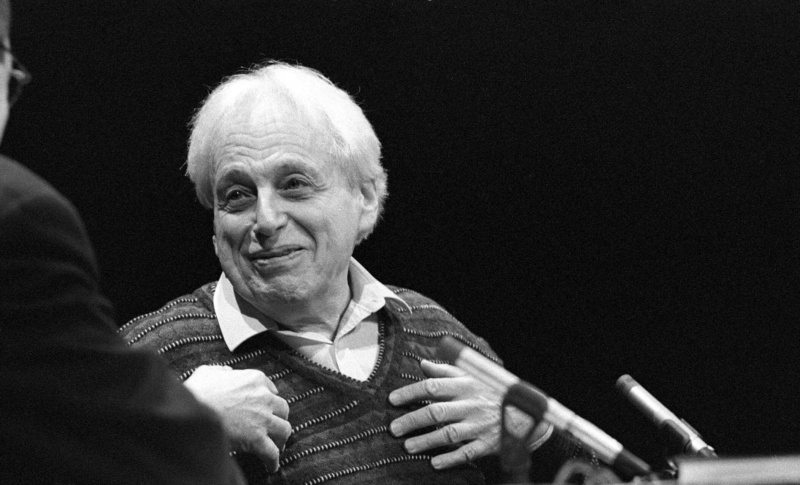The work on his Requiem almost devoured the composer: In the winter of 1964, György Ligeti worked for up to fourteen hours a day; he felt "like a drowning man" in the midst of everyday tasks that were left undone. In the letter to the music editor Ove Nordwall in Stockholm, where the half-hour work was to be premiered, the importance of this work to the composer becomes clear: he considered the Requiem and especially his Dies irae "the best he has composed so far". His reference to 15th and 16th century art (besides Hans Memling, he names Pieter Breughel the Elder, Hieronymus Bosch, and Dürer's copperplate engravings) fits in with a musical reference point of the work, the polyphony of Renaissance composers like Johannes Ockeghem. György Ligeti admits that the work's strictly polyphonic compositional technique could make it seem conservative and disappoint its audience. But he counters this: "I don't care whether I am counted among the 'avant-garde' or the 'reaction'. I only care about composing the music I have in mind. Ideological points of view are unimportant to me, and I don't want to underpin my music ideologically or theoretically."
The artistic result of this ideology-critical attitude (which is certainly biographically justified) is by no means a conservative work, but rather a composition that stands in groundbreaking contrast to seemingly dual categories such as tonal and atonal, modern and traditional. As with his other works, it is worth reading György Ligeti's own introductory words to the Requiem - perhaps even studying them (as a fully-fledged music nerd) with the score in hand. The precision of his explanations is quite inviting. You can really focus in on the structure of the Requiem. It then becomes comprehensible how a 20-part polyphony, for which the score calls for a choir of around one hundred, can come about at all and be audibly understood.
György Ligeti describes the level of detail as micropolyphony: each of the five main choral voices is divided into sub-voices which are intertwined in such a way "that their movements mutually complement and cancel each other out. The resulting tonal iridescence is based above all on the polyphony, which is hidden, as it were." This contrapuntal organisation of the sound itself (and not of the melodic plane) can also be heard in the Introitus, the first of the four movements. It has a static character; within this stillness, however, the sound alters through different colours from dark to light.
The next polyphonic level - the one with a simpler level of detail, so to speak - comes into play from the Kyrie onwards. To the micropolyphonic timbral level of the lower voices is added a contrapuntal grand architecture between the main voices. "In this way, the 'lower voices' form the micropolyphonic substructure; their unification, as the main voice, produces the large contrapuntal structure with the other main voices. The entire movement, which grows ceaselessly, like a seemingly immeasurably huge structure, was designed according to very specific, strict architectural laws. According to György Ligeti, "These laws concern all the musical relationships of intervals, rhythm, and dynamics, the disposition of timbre, the polyphonic links, and the formal progression, both in the details of the structure and in the whole of the large-scale form".
The composer described the central movement of the work, the Dies irae, as "exalted, hyperdramatic and unbridled". A "polyphony of musical types and forms" with the greatest dramatic contrasts emerges with abrupt changes, near and far effects, dynamic extremes. The concluding Lacrimosa, on the other hand, looks back on the previous events when only the two soloists, soprano and mezzo-soprano, sing with the accompaniment of a reduced orchestra. The Requiem is a vocal work through and through regardless, but the compact orchestra is essential to the overall structure of the work - as a backbone and as another layer of tonal and polyphonic architecture.
"You will see that these four movements of the Requiem are a kind of summary of my way of composing so far," writes György Ligeti in his letter from December 1964. "Upcoming compositions are germinated in them. That's why I regard the Requiem as a kind of dividing line between the previous and the future pieces."
Text: Nina Rohlfs, 1/2023, translation: Elizabeth Pilon
Upcoming performances of the Requiem:
16, 17 and 18/2/2023, Berliner Philharmonie
Berlin Philharmonic Orchestra, Sir Simon Rattle
Makeda Monnet, soprano; Donatienne Michel-Dansac, mezzo-soprano
Berlin Radio Choir







